Crown Estates mapped: Every street, shopping centre and castle (of course) King Charles 'owns' near you
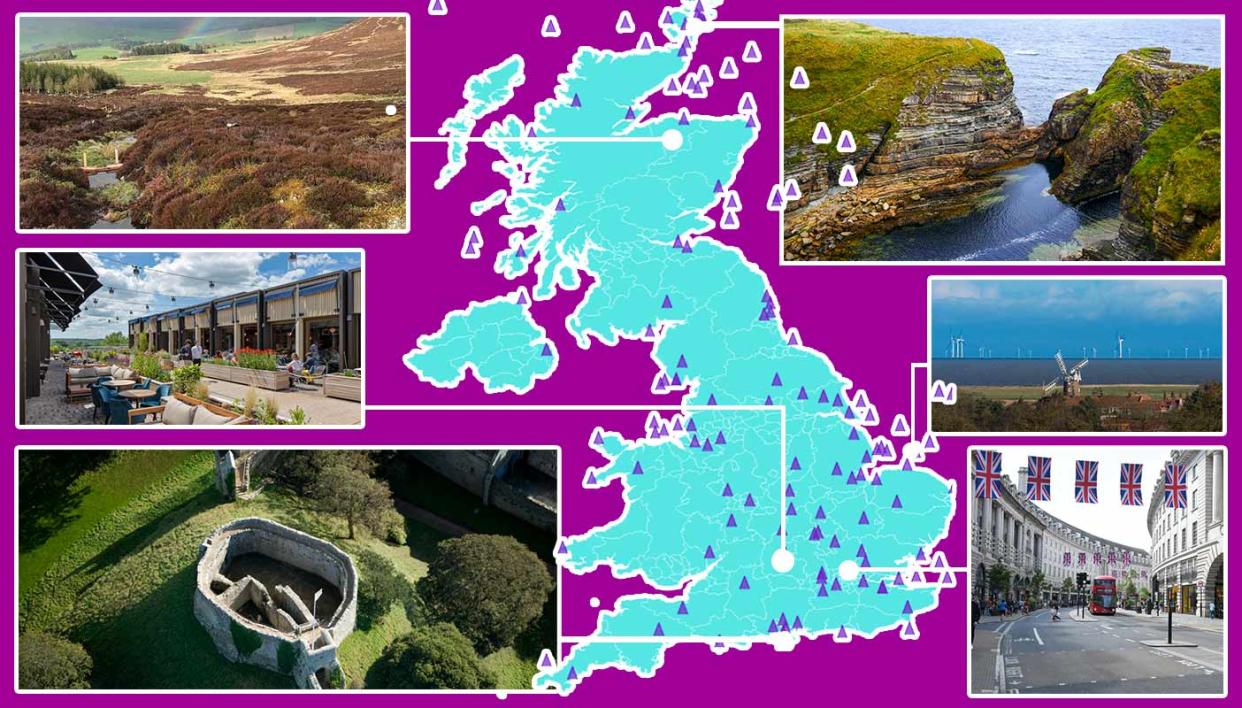
When Queen Elizabeth died last year, King Charles did not simply inherit the throne.
He also picked up the enormous, £16bn portfolio of land and assets known as the Crown Estate, which will belong to him for the duration of his time as monarch.
These assets are hereditary possessions of the Sovereign held 'in right of the Crown'. That means, unlike Charles's private wealth (such as the £650m Duchy of Lancaster), he cannot sell or profit from the estate and it is his in name only until it passes on to Prince William.
The Crown Estate owns huge swathes of the UK: from the seabed itself and coastlines to swanky private members clubs, shopping centres and retail areas (such as a chunk of Regent's Street in London) and, perhaps less glamorously, a distribution depot just off the M1.
Explore the map below, created by Yahoo News in September 2023, to see what assets the Crown Estate holds in your area:
In central London, the Crown Estate's holdings are some of the most prime of prime real estate the capital has to offer. Along with nearly the entirety of Regent Street, it is also one of the largest property owners in the West End with a 10m square foot portfolio.
If this was a Monopoly game, it's clear who the winner is.
It owns an abundance of retail space, office buildings, residential properties — a three-bedroom rental property on Jermyn Street will set you back over £7,000 a month — renowned restaurants and entertainment venues like the Theatre Royal Haymarket.
They also are the freeholder for private members clubs like Boodles and the Carlton Club — the original home of the Conservative Party.
Check out the map below
The Crown Estate in pictures
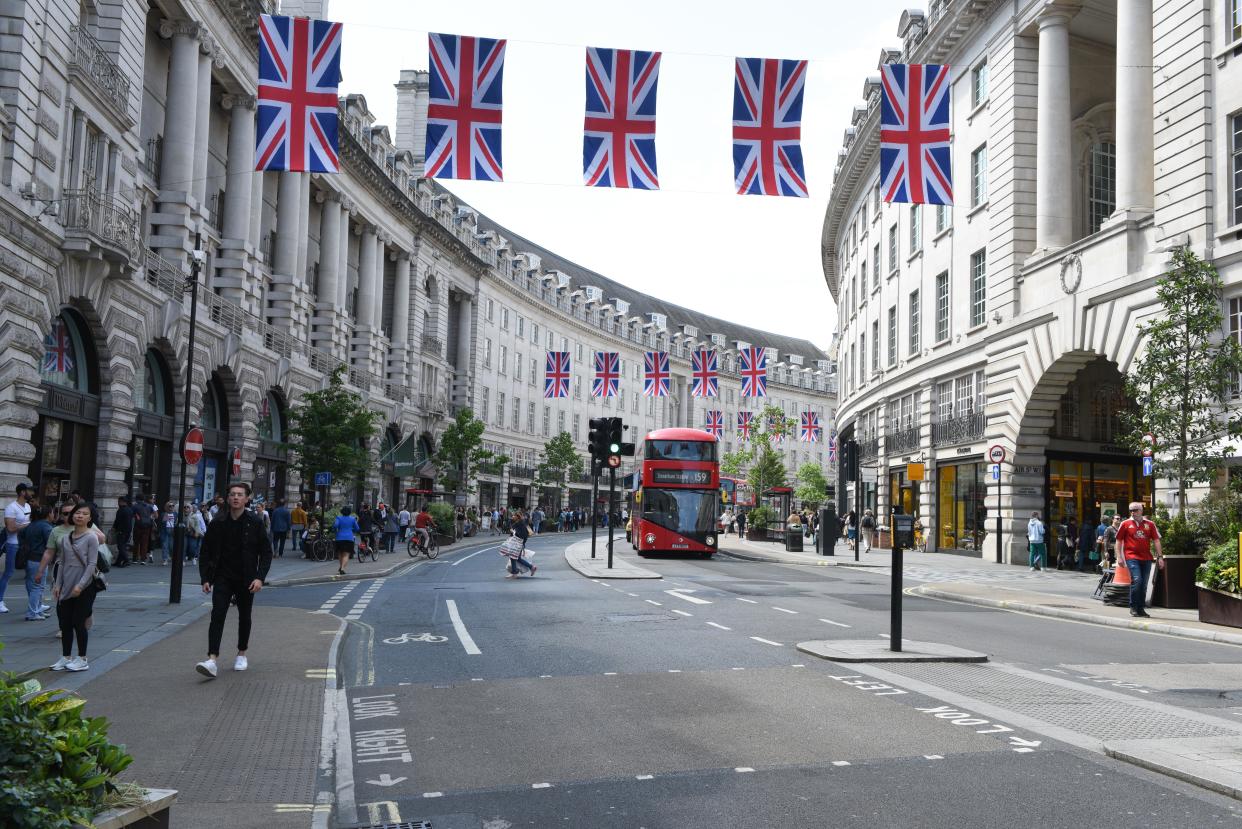
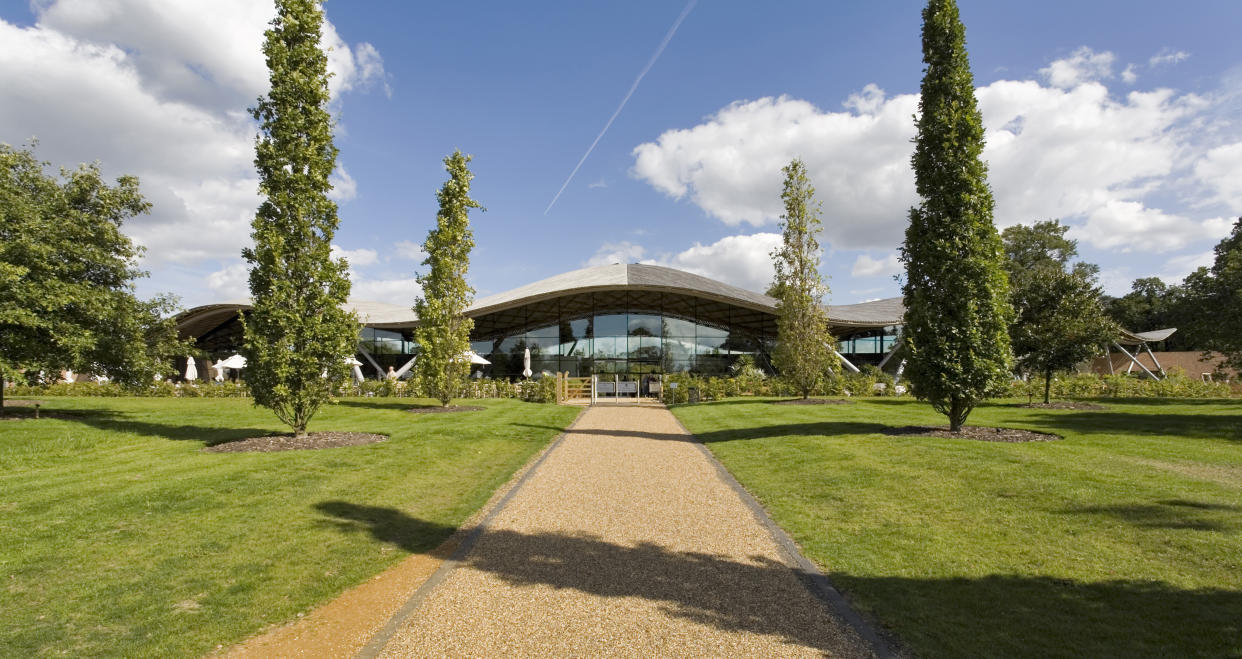
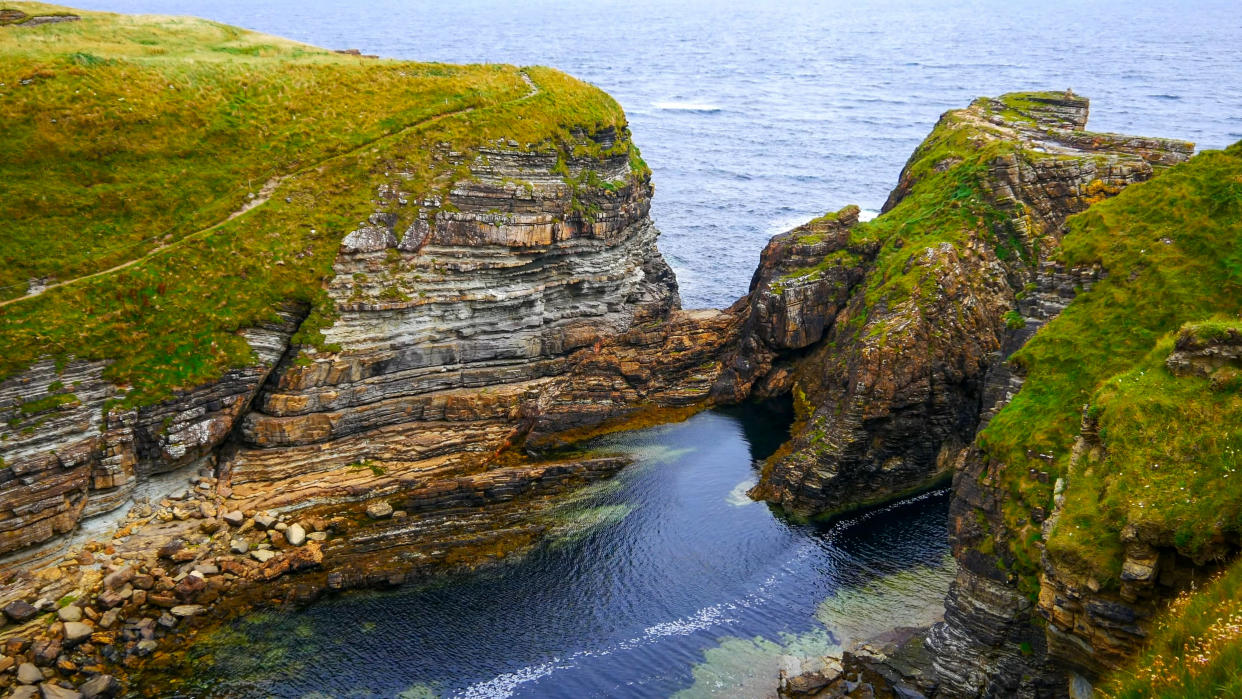
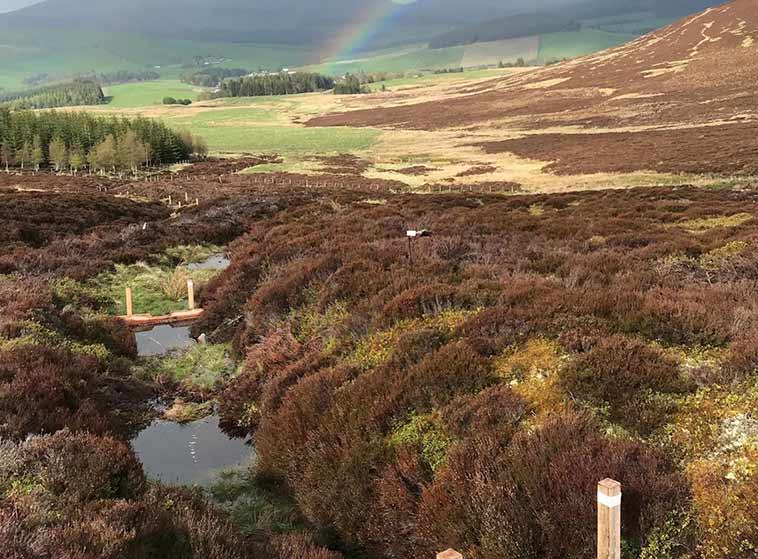
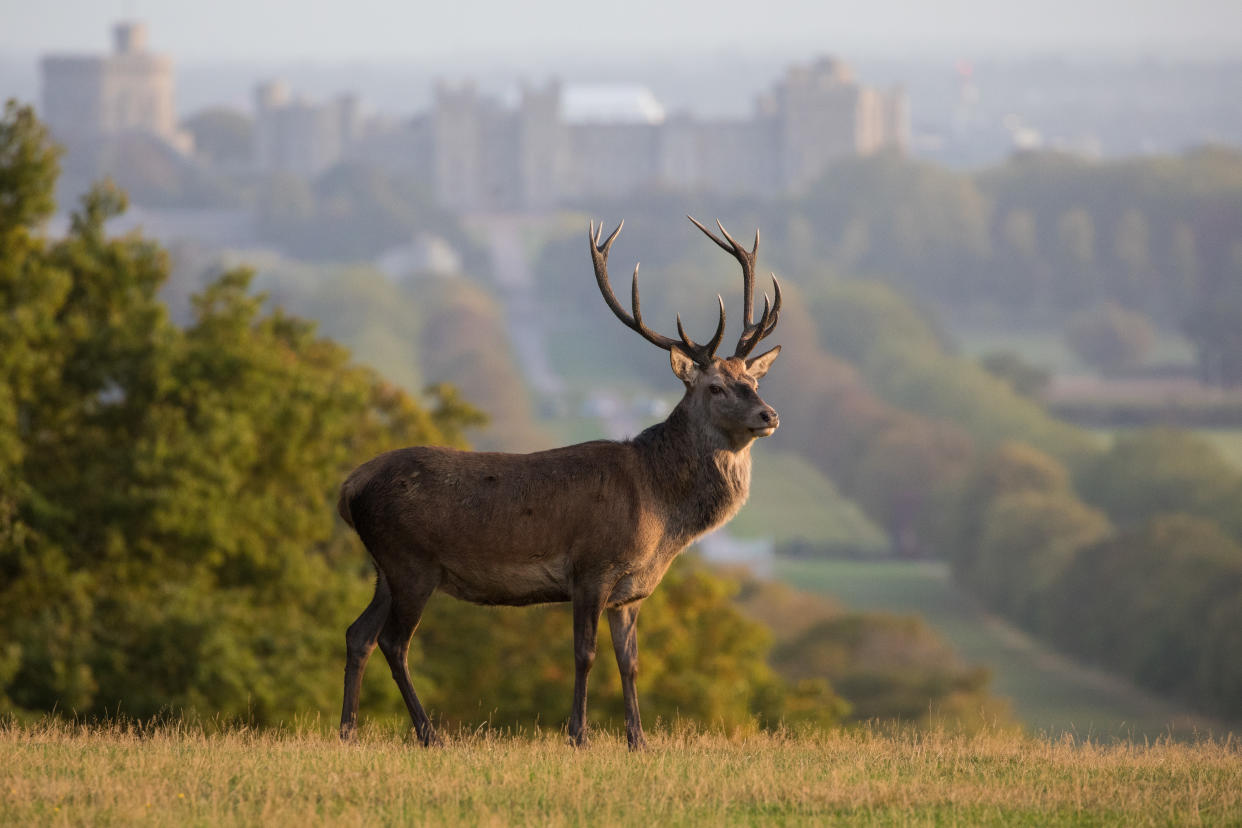
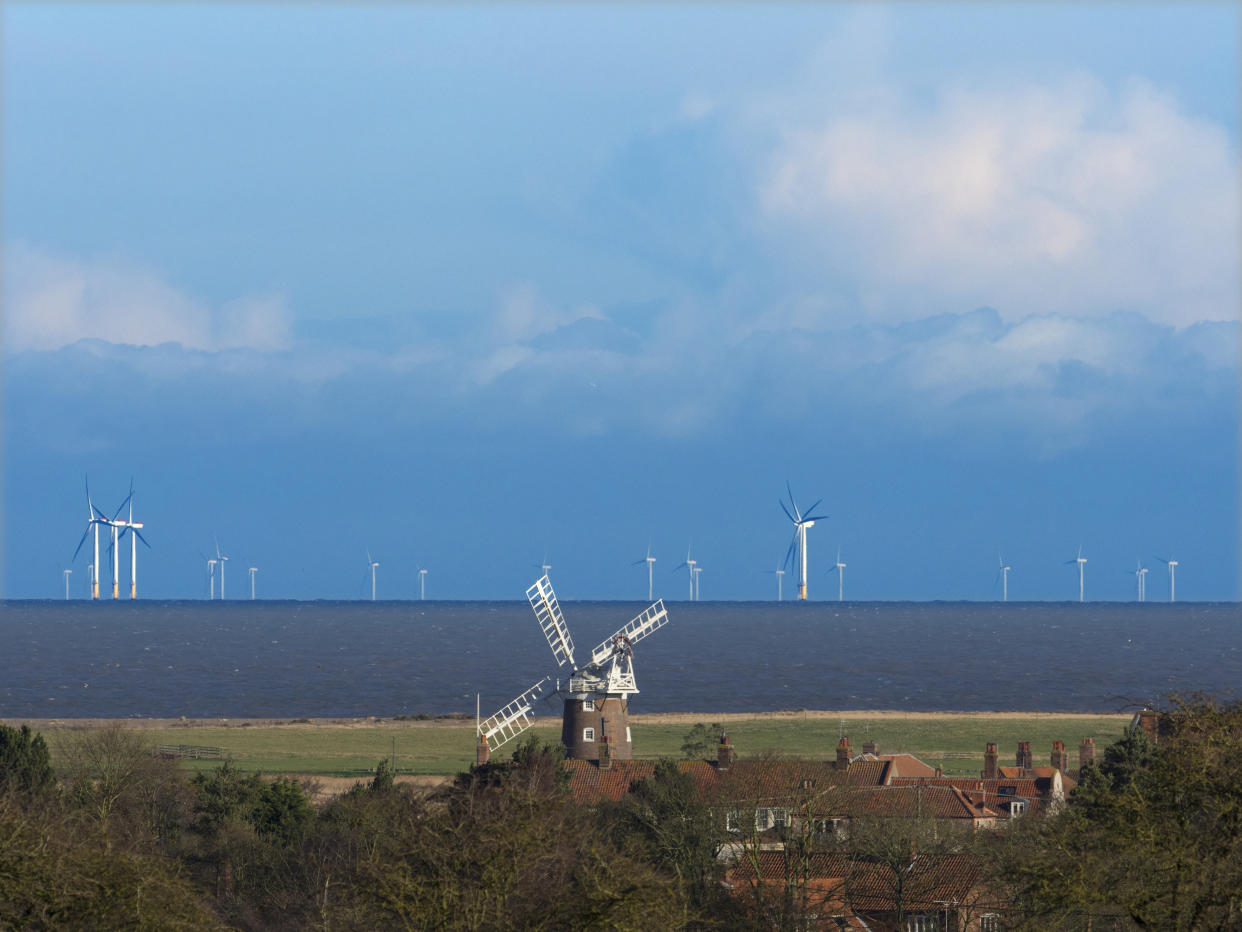
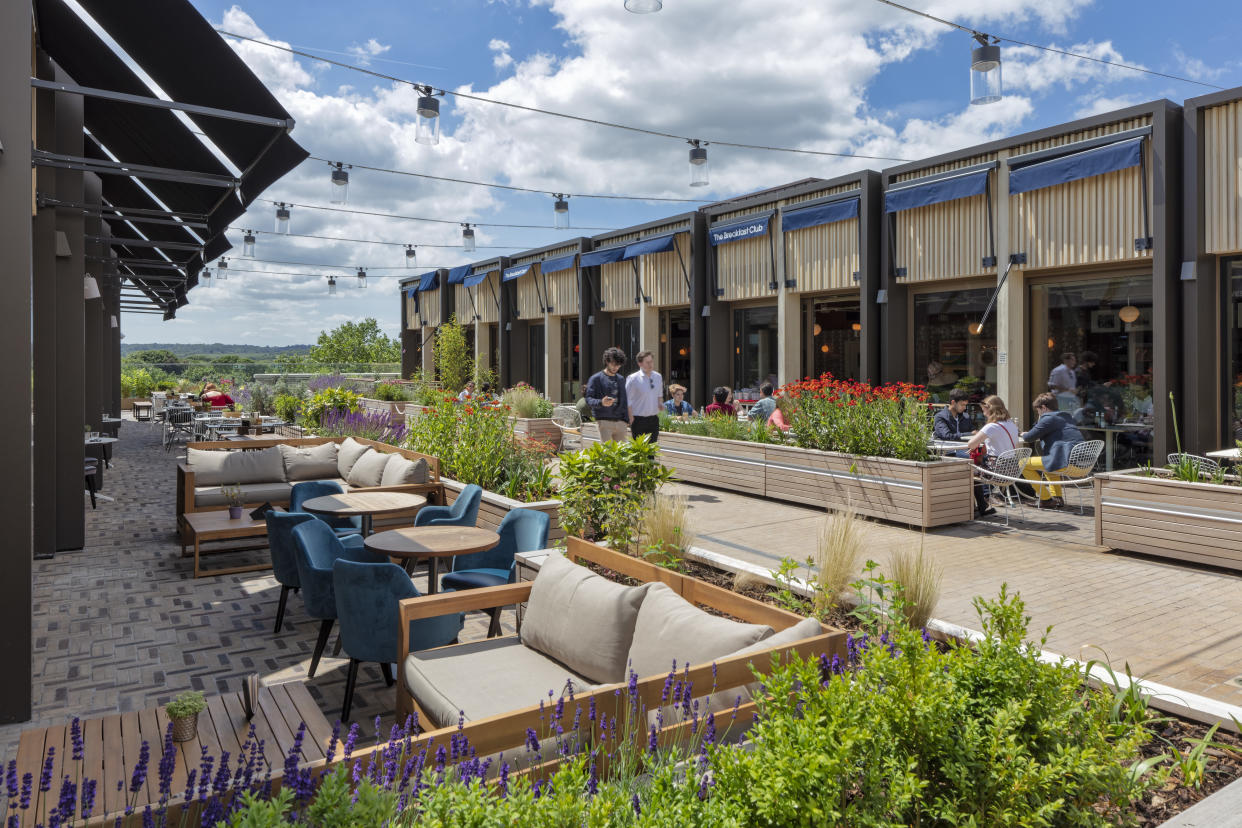
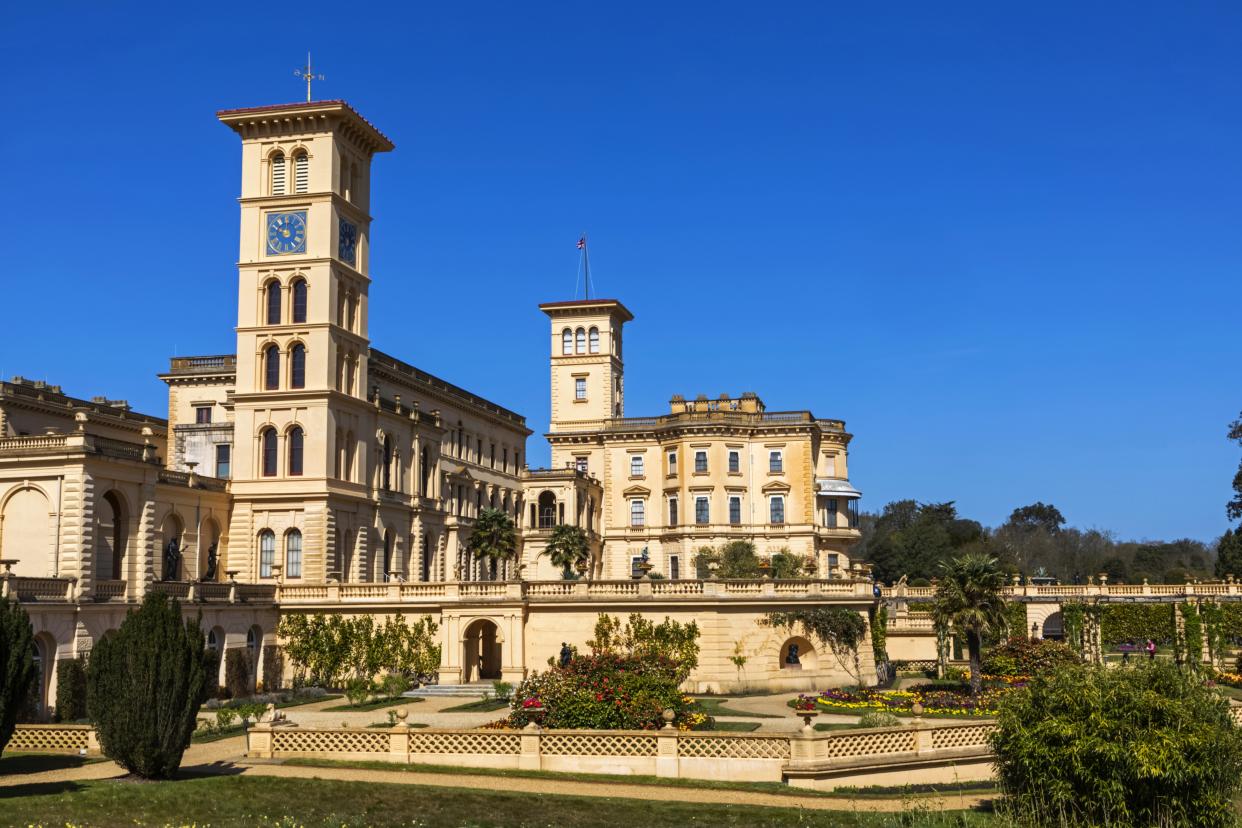
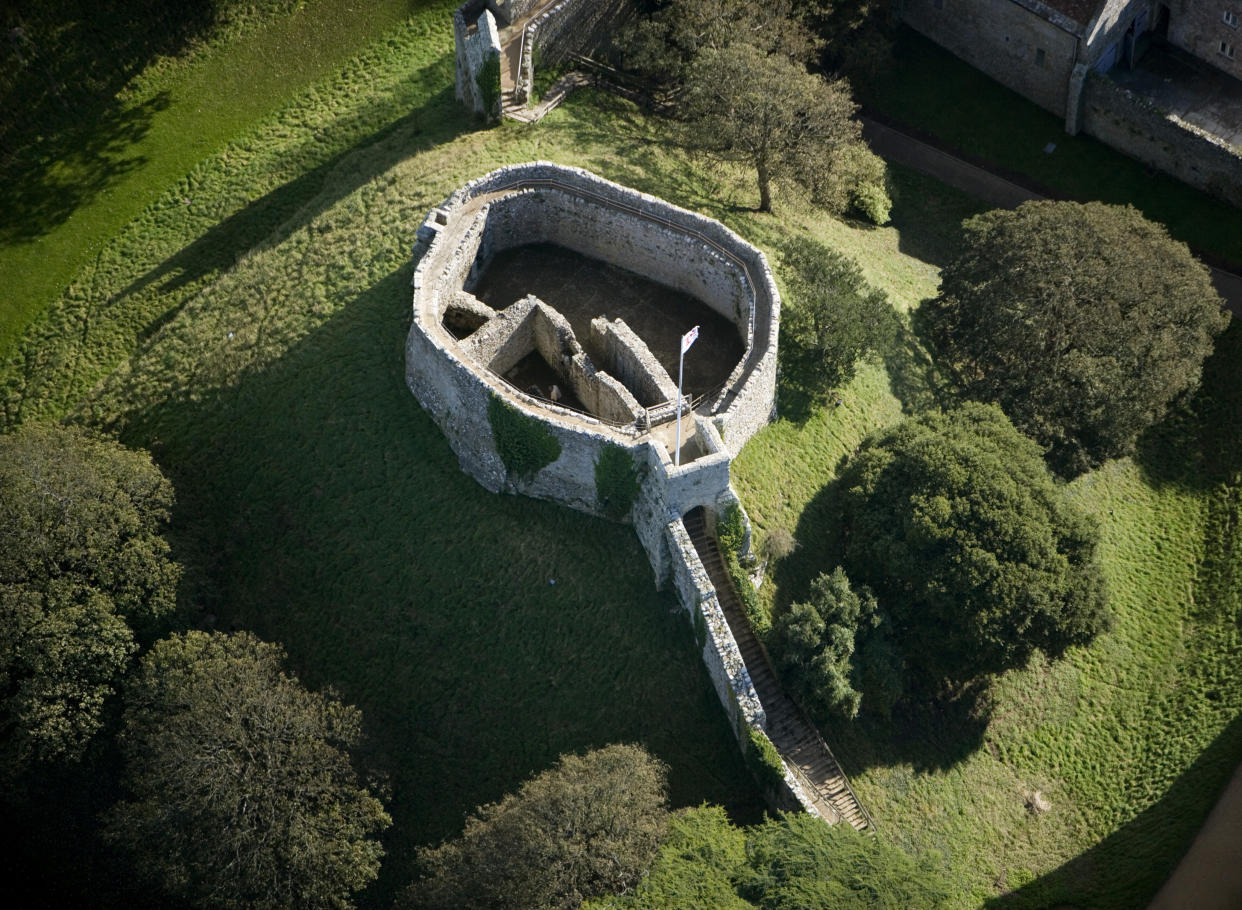
An 1,000-year legacy
The Crown Estate is run by an independent board and is a commercial business which aims to generate as much profit for the country as possible - so Charles is not involved in any management of the vast assets or their revenues, and neither is the government.
Since 1760 the monarch has surrendered the profits from the Crown Estate holdings to the treasury and in return receives an annual payment. Until 2011 this was called the 'Civil List' but now the public funding the working members of the Royal Family receive is called the Sovereign Grant.
However, the history of the Crown Estate goes back a lot further than that. Since 1066, all lands belonged "in right of the crown" to the King — William the Conqueror.
Nearly one thousand years have passed since then, but — according to the Crown Estate's website — "the underlying ownership of The Crown still exists and there is always a presumption in favour of The Crown unless it can be proved that the land belongs to someone else."
The Crown Estate Scotland operates and manages all of the Scottish portfolio and is a separate organisation from the Crown Estate.
The Crown Estate isn't without controversy. It claims to operate somewhere in "between the public and private sectors", but is fundamentally set up as a commercial enterprise. It lists corporate governance as being at the heart of the business and provides an open data portal and marine data exchange, which allows the public to access a large amount of information about the Crown Estate.
However, certain licences - like carbon capture storage that the Crown Estate has awarded to organisations - have been criticised for their environmental impact. As has the relatively recent notion that the seabed belongs to the Crown Estate — with one academic saying the Crown Estate has transformed the seabed "into nothing less than a rentier capitalist empire."
The question these issues raise is: Can the country's asset portfolio be run in the same way as a company, without long-lasting impacts on the health of the nation?


